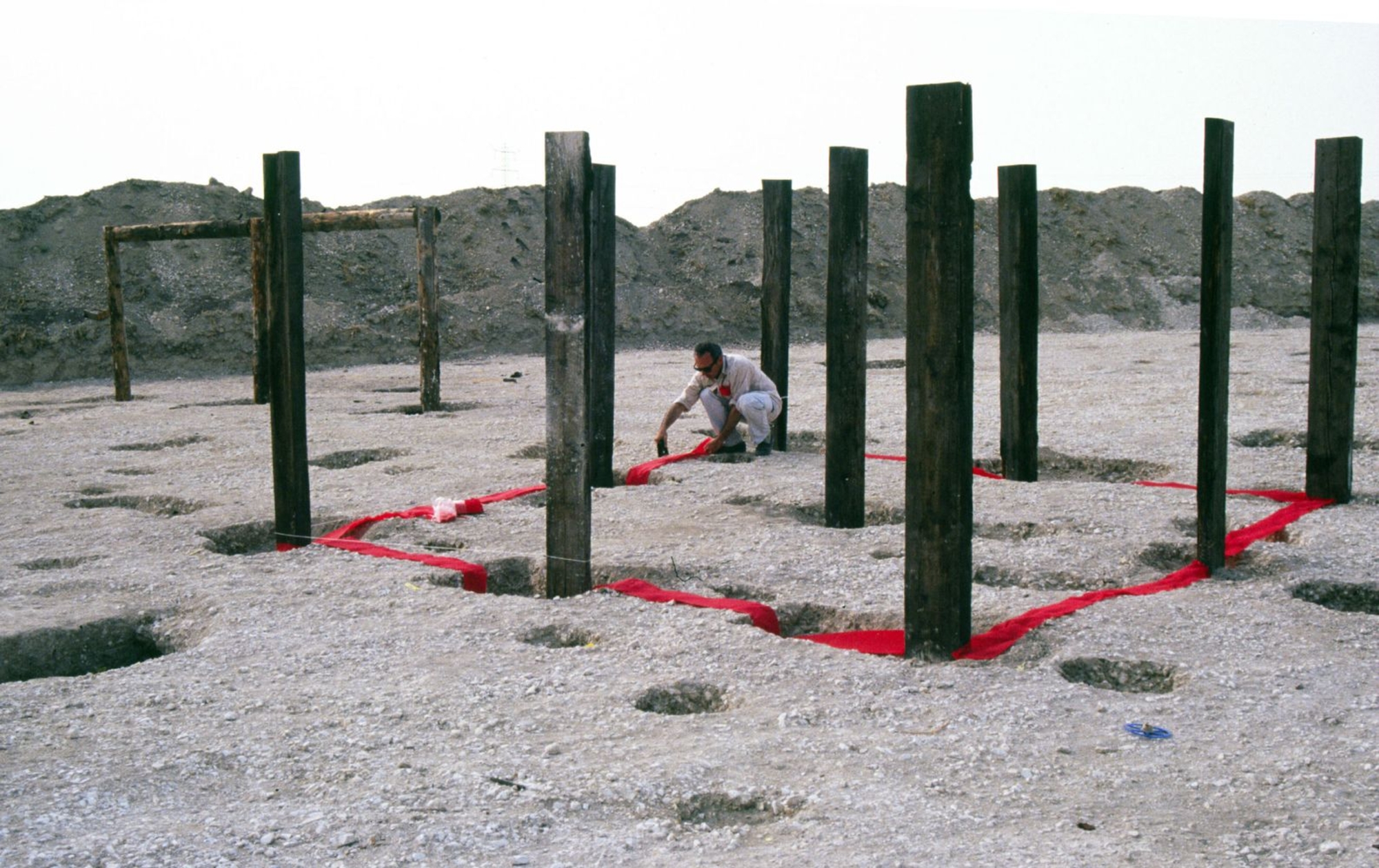
- Home
- Archaeological research
- Methodology
Because the excavation was planned over a number of years at a time when preventive archaeology was in its infancy, the methodology employed was exceptional. Although in the Aisne, Oise and Seine valleys, rescue programmes in gravel areas employed large mechanical diggers, this was not practical elsewhere. Finding the right resources, developing appropriate earth-moving techniques, not forgetting "training" the drivers, with derisory financial resources compared with the sums available now, was no small matter. Above all, the farmers had to be persuaded, and after harvest they took a dim view of the enormous piles of soil and worried that their fields would not have been put back to normal a few weeks later. The fact that I was from Acy-Romance was a definite advantage.
Year after year, during the summer, several thousand square metres of soil were cleared, the structures were excavated and the field was then returned to agriculture. Right from the start, the concern was to have reliable records of the archaeological structures and it was the disinterested dedication of a surveyor, and later his son, which enabled us to produce high quality plans. A number of specialists (an archeozoologist, a carpologist and an anthropologist) came to work for years as volunteers on the site. After a year of uncertainty – complete excavation of the structures or half at a time, 3D record of all the objects or overall in layers, soil removed in a single operation or in sections – the decision was taken to excavate all the structures. Vertical cross-section of the post holes was abandoned in favour of horizontal excavation and the grain pits were emptied in artificial layers twenty centimetres thick in two phases to produce a vertical cross-section of their contents. Every structure was recorded manually on a form. In the current world of computerised archaeology, it is hard for young archaeologists to imagine how these accumulated data could be managed. The recent production of a definitive site plan and the inputting of all the forms into the computer was a considerable task, undertaken by Hervé Bocquillon.
This excavation was carried out exclusively by volunteer diggers, supervised by a small team of more experienced archaeologists involved from the very beginning.


